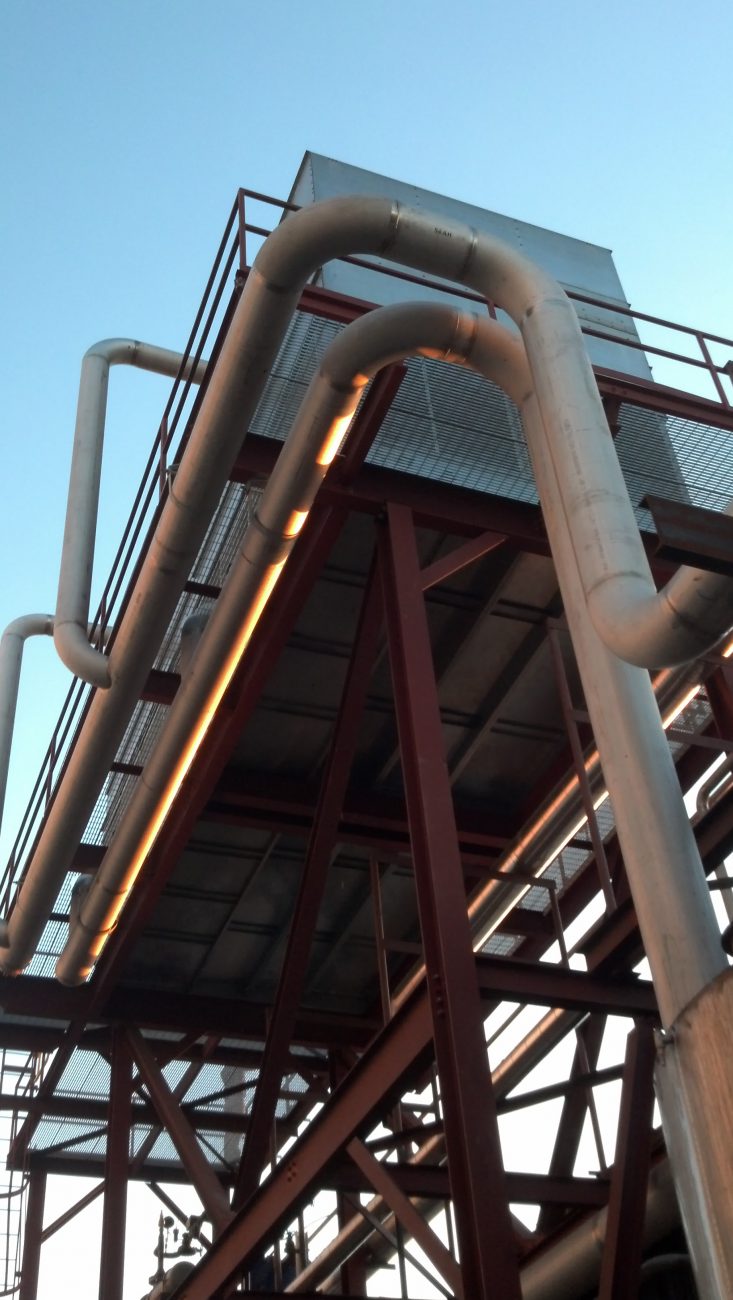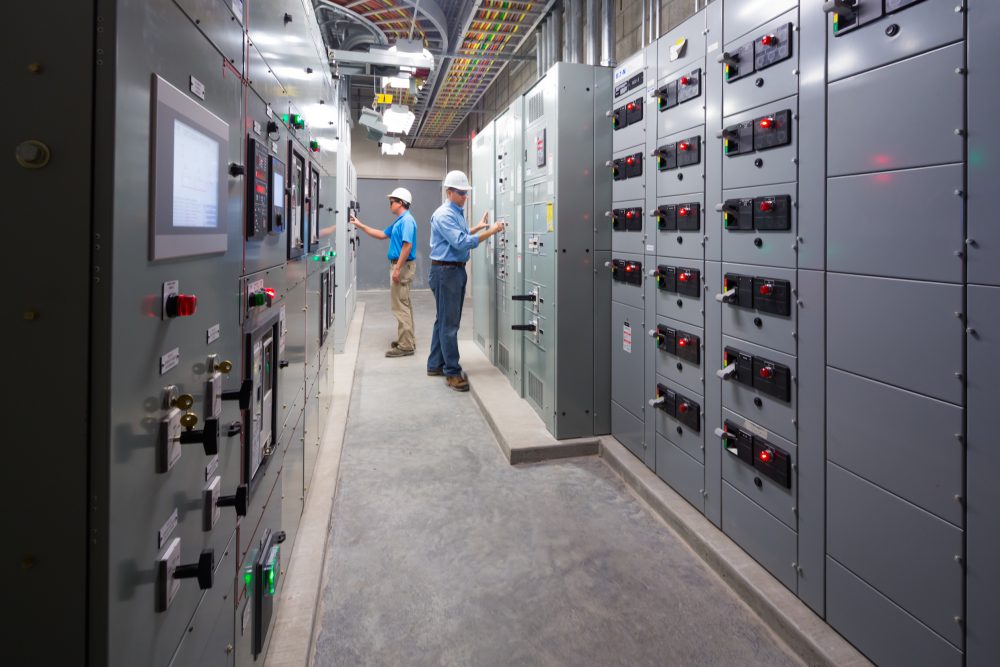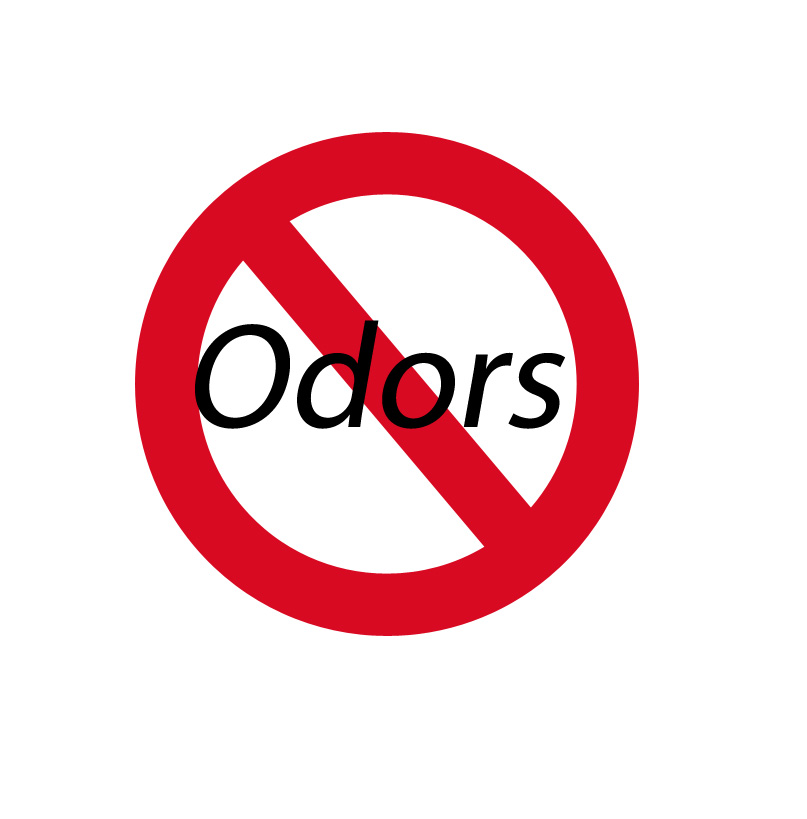The International Building Code’s Modification to Exit Access Travel Distance
The 2015 International Building Code includes a key modification, increasing the length of exit access travel distance from 250 feet to 400 feet (if it meets specific criteria) for buildings containing Group F-1 and/or S-1 occupancy. This change is significant to the design industry, building owners and occupants of large distribution and manufacturing facilities. Understanding the code’s implications for your existing and future facilities will ensure you’re properly prepared. Continue Reading “The International Building Code’s Modification to Exit Access Travel Distance”









